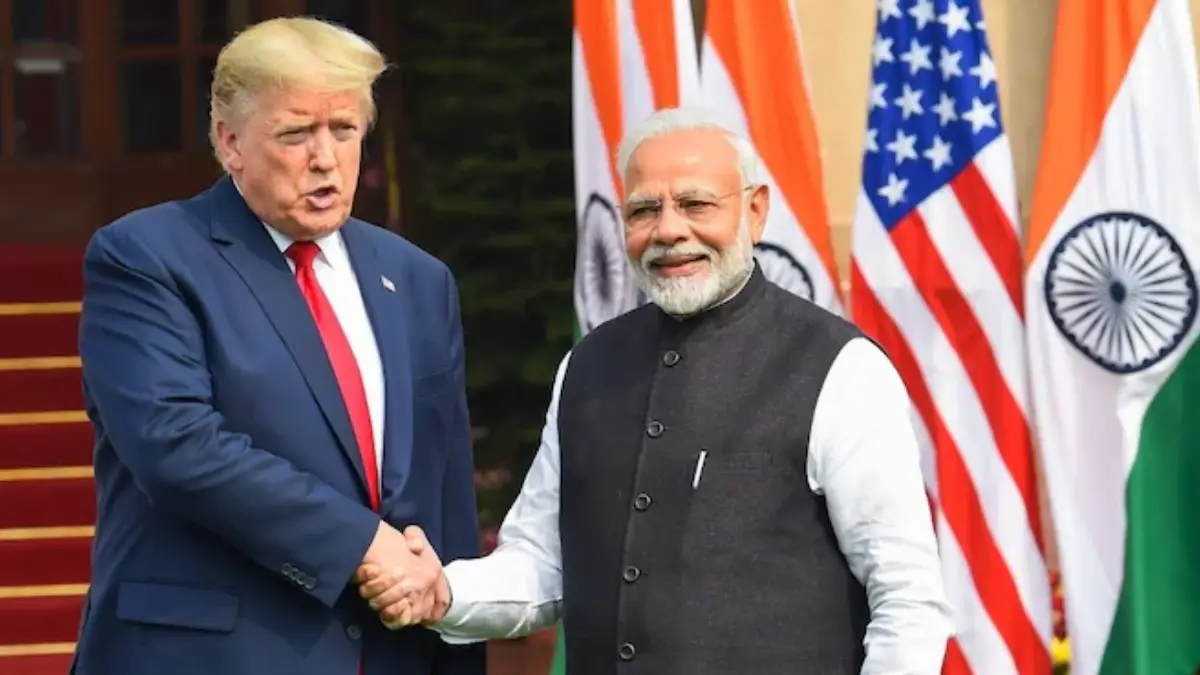As negotiations intensify, India and the United States stand on the brink of sealing a long-delayed bilateral trade agreement, with Washington poised to slash tariffs on Indian imports from 50 percent to a range of 15 to 16 percent. According to a report in Mint, citing three sources familiar with the discussions, the deal centers on concessions in energy and agriculture sectors, potentially reshaping bilateral commerce.
The prospective pact could prompt India to progressively curb its purchases of Russian crude oil, a sticking point in recent talks. US President Donald Trump confirmed a Tuesday phone conversation with Prime Minister Narendra Modi, emphasizing that trade dominated their exchange. Trump noted that energy featured prominently, with Modi pledging to restrict oil acquisitions from Russia. This comes against the backdrop of a 25 percent punitive levy imposed on Indian exports due to those imports, layered atop the 25 percent reciprocal tariffs introduced in April.
Currently, Russia accounts for about 34 percent of India’s crude oil supplies, while the US fulfills roughly 10 percent of the nation’s oil and gas needs by value. In agricultural concessions, India is contemplating expanded market access for non-genetically modified American corn and soymeal. New Delhi is pushing for clauses enabling regular tariff and access reviews to ensure flexibility. Specifically, the quota for non-GM maize imports from the US could rise, maintaining the existing 15 percent duty; the annual cap currently sits at 500,000 tonnes. This would address surging demand in poultry feed, dairy, and ethanol production.
ALSO READ : Big Warning : Trump Threatens China With ‘Potential 155% Tariffs If Trade Deal Not Signed
Discussions are progressing on allowing non-GM soymeal imports for human and animal use, though clarity remains elusive on dairy tariff cuts, including premium cheeses—a priority for the US side. One official remarked, “Talks are also advancing on permitting imports of non-GM soymeal for both human and livestock consumption. However, there is still no final clarity on tariff reductions for dairy products, including high-end cheese, even though it is a key demand from the US team.”
On the energy front, India may taper Russian oil reliance while greenlighting more US ethanol imports. In response, Washington is anticipated to ease energy trade barriers. Indian public-sector oil companies could receive informal directives to broaden sourcing toward American suppliers. Officials have signaled to Moscow a planned reduction in Russian crude volumes, but the US has not yet countered Russia’s discount pricing. Trump has positioned curbing those imports as a non-negotiable for the agreement.
Trump reiterated these dynamics during a White House Diwali event on Tuesday, telling attendees, “I just spoke to your prime minister today. We had a great conversation. We talked about trade.” He added that Modi shares his desire to end the Russia-Ukraine conflict and affirmed, “He is not going to buy much oil from Russia. He wants to see that war end as much as I do… they’re not going to be buying too much oil.” Last week, Trump claimed Modi had assured him of halting Russian oil purchases altogether, though India’s external affairs ministry clarified no such discussion was known to them. Any drawdown would unfold gradually, with New Delhi stressing economic viability for continued buys if advantageous.
India ramped up Russian crude imports post-2022 Ukraine invasion, capitalizing on discounts; they now comprise one-third of total inflows despite US pressure. The trade deal’s formal announcement could occur at the upcoming ASEAN Summit, where Trump and Modi are slated to convene later this month.
